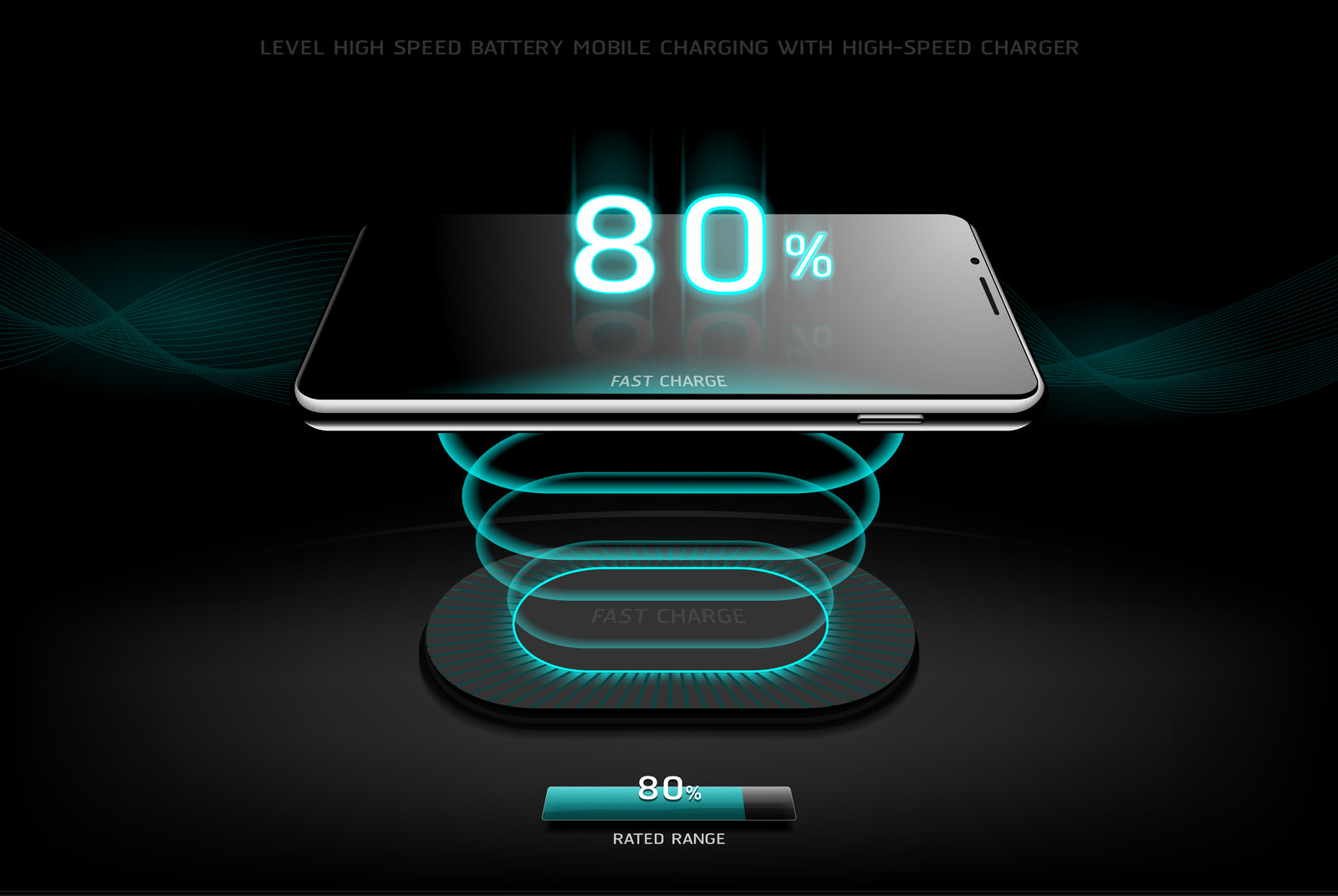
With all the talk around wireless chargers and their applications, it’s only natural that we ask ourselves whether Qi chargers will perhaps be employed for a broader range of applications in the not-so-distant future. The question seems to arise naturally in groups where the subject is discussed and for good reasons.
It seems like it was just yesterday that wireless chargers first hit the market and people were (rightfully) wondering if this type of technology has a potential for growth or whether it will go the way of other futuristic but not so practical mobile technologies.
When looking at the heights that this technology has reached in recent years, we understand that not only is wireless charging here to stay but that it is likely for it to be repurposed for a much broader range of applications at some point.
This discussion inevitably leads us to Qi chargers which have become the de facto global standard for wireless chargers.
These chargers have enjoyed a tremendous rise in popularity in a somewhat short period of time, whether we’re talking about your average wireless charging pad ora high-end countertop long-range wireless charger with inbuilt USB ports for good measure.
No matter what wireless charger you have taken a liking to, the fact of the matter is that all of them deliver something a wired charger never could – convenience and versatility.
They offer convenience because they no longer rely on wires and adapters that always seem to get in the way and make things awkward, and they offer versatility because they can accommodate virtually any Qi-ready device out there.
Increasingly longer charging distances
With over-the-air charging going mainstream nowadays for almost any newly released smart device, we see charging distance as a point of concern for many manufacturers. It seems that no matter how well-built the device may be from a structural point of view, there is an ever-growing demand for larger batteries.
In regard to wireless charging, these batteries must now also be able to charge wirelessly via any charger a user might choose. This poses quite a challenge for smartphone manufacturers who must take into account every caveat and limitation that might otherwise interfere with the operational parameters of their specific device.
We have, fortunately enough, seen major advancements made in the field of Qi long-range charging where evenyour run-of-the-mill countertop long-range wireless charger can reach distances of up to 10 cm or more in a controlled environment. This isn’t to say that you could realistically expect such distances fromevery wireless charger, but a good number of them seem to do the job.
It wouldn’t be too much of a stretch to see wireless chargers reach operational ranges of up to one meter or more over the next few years. We say this because WPT (wireless power transfer) seems to evolve in the same fashion that Wi-Fi did when it was first introduced.
More so, it appears that manufacturers are also building safer batteries with regard to wireless inductive charging.
Although there might still be some risks of overheating for some primitive Qi-ready batteries, it does seem that most of the quirks have been resolved with newer releases, a trend that we hope will continue going forward.






